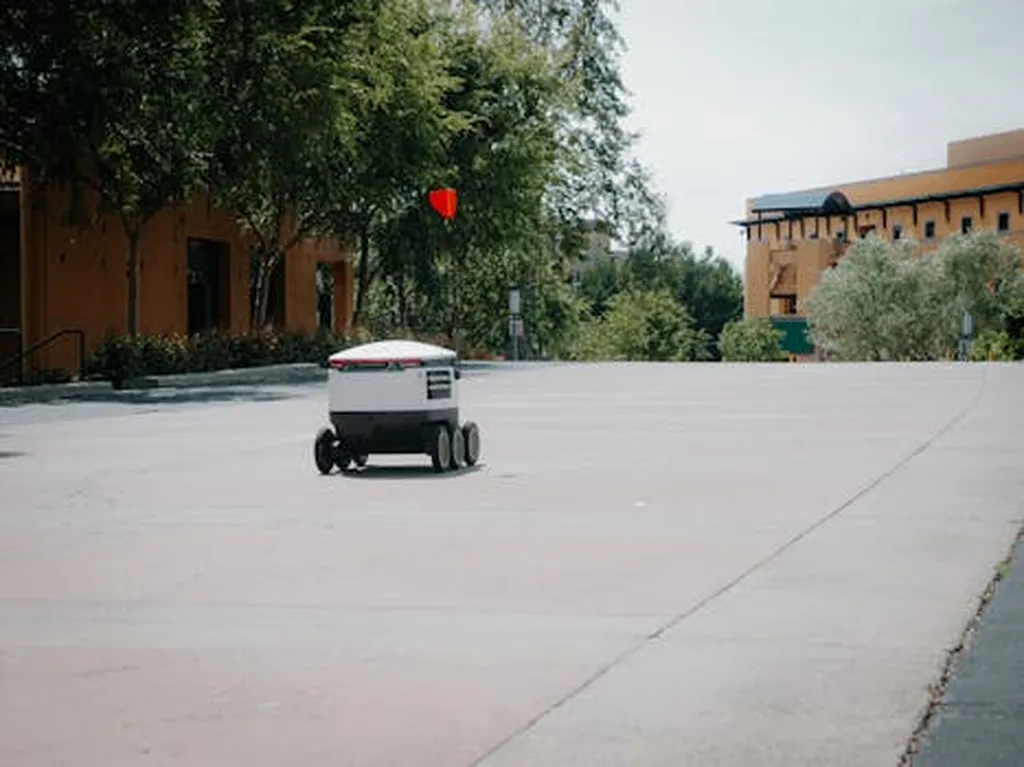In the heart of Pakistan’s agricultural landscape, a revolution is brewing, one that promises to transform the way we farm and secure our food future. At the forefront of this green revolution is Ayesha Khaliq, a researcher from the Center of Data Science at Government College University Faisalabad. Her latest study, published in the IEEE Access journal (which translates to “Access to Electrical and Electronics Engineers”), is a testament to the power of artificial intelligence (AI) and the Internet of Things (IoT) in driving sustainable agriculture.
Khaliq’s research addresses some of the most pressing challenges in modern agriculture: inefficient resource utilization, climate change-induced water shortages, and declining soil health. Traditional farming methods, often reliant on manual observation and generalized practices, are ill-equipped to tackle these issues. “We need a shift from traditional, reactive farming to proactive, data-driven farming,” Khaliq asserts.
Her solution? An AI-powered smart agriculture system that integrates deep learning (DL), IoT, and explainable AI (XAI) to enable intelligent, data-driven farming. IoT-based sensors provide real-time soil analysis, measuring critical parameters such as nutrient levels, moisture, and temperature. This data is then fed into advanced DL models, which provide precise and actionable insights.
The results are impressive. The Transformer-based Tabular Learning (TTL) model for irrigation advice boasts an accuracy of 99.13%, while the TabNet regressor for soil analysis achieved a root mean square error (RMSE) of 1.51 and an R2 score of 98.7%. The Sparse Weighted Fusion Transformer (SwiFT) model for crop recommendation gives an accuracy of 98.75%, and the TabNet classifier for fertilizer recommendation achieved an accuracy of 99.3%. “These results demonstrate that the system delivers precise and actionable insights,” Khaliq states.
But what sets this system apart is its usability. A weather Application Programming Interface (API) is integrated to support timely irrigation decisions through accurate forecasting. A chatbot interface is also added, enhancing system usability, accessibility, and user-friendliness for farmers.
The commercial implications of this research are vast. In an era where climate change is exacerbating resource scarcity, this system offers a way to optimize resource use and improve crop productivity. It supports adaptation to environmental changes, benefiting stakeholders ranging from individual farmers to large-scale agricultural businesses.
Moreover, the integration of XAI techniques ensures that the system’s decisions are transparent and interpretable. This is crucial for gaining the trust of farmers and other stakeholders, who need to understand why certain recommendations are made.
Looking ahead, Khaliq plans to explore real-time adaptive control mechanisms and expand model generalization across diverse geographical regions. “This is just the beginning,” she says. “The potential of AI and IoT in agriculture is immense, and we’re only scratching the surface.”
As we grapple with the challenges of feeding a growing population in a changing climate, research like Khaliq’s offers a beacon of hope. It’s a reminder that technology, when harnessed correctly, can be a powerful force for good, driving sustainability, resilience, and food security. And in the heart of Pakistan’s agricultural landscape, that revolution is already underway.

